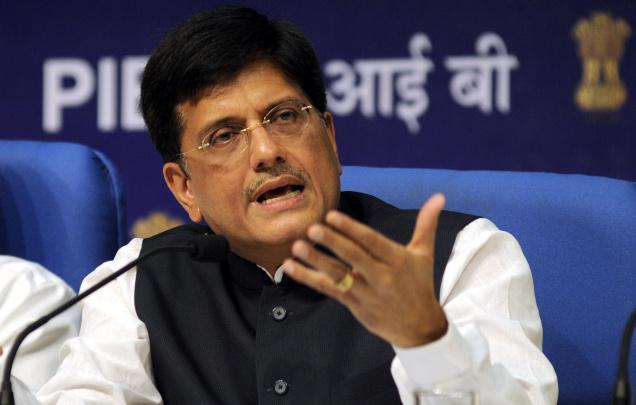In a major development, the GST council has decided to reduce the rate of taxation on list of 100 items of mass-consumption. This is going to be of immense benefit for the masses and a huge step towards the rationalisation of GST rates. While addressing the media, interim finance minister, Piyush Goyal stated, “Every state wanted that the rates on these items be lowered so that the middle income households are benefitted… It has also been decided that the GST Council will rise above revenue consideration and focus more on job creation and economic growth.”
One of the decisions taken by the Council is to fully exempt sanitary napkins from GST, which used to be in the 12 percent slab. Earlier, a controversy had erupted around the imposition of GST on sanitary napkins. Several consumers and women activists were demanding that sanitary napkins be fully exempted from GST given that it is a necessity for women. It seems that the government and the GST Council have listened to their demands and have taken a huge and welcome step.
The GST Council has reduced taxes on a number of items that earlier fell in the highest tax slab of 28 percent. This shows the firm confidence and faith of the Centre and the States in the new system, and they are now making a combined effort to unify India into a common market. Interim finance minister Piyush Goyal stated that many handicraft items such as stone, marble and wooden deities, rakhis without precious stones, brooms and commemorative coins have been fully exempted from GST. Fortified milk has also been exempted from GST.
Handloom items priced below Rs. 1000 will now attract merely 5 percent GST. All leather items will attract a reduced GST of 18 percent. Footwear priced below Rs. 1000 will now attract a reduced GST rate or 5 percent.
Textile industry also got a huge relief as unclaimed input tax credit will from now on be refunded to firms. Taxes on handbags, jewellery boxes, wooden photo frames, stone art wear, ornamental frame mirrors, glass art ware, aluminium art ware and handmade carpets have also been cut down from 12 percent to 5 percent.
In a move aimed at encouraging the blending of higher quantity of ethanol with petrol and diesel, the GST rate on ethanol has been reduced to 5 percent from 18 percent. The GST rate on bamboo flooring, hand-operated rubber rollers and zip fasteners have been cut to 12 percent from 18 percent.
The biggest rate cuts have however come in electronic consumer goods and comforts. GST rates have been reduced from 28 percent to 18 percent on refrigerators, lithium batteries, vacuum cleaners, grinders, mixers, food processors, water heaters, hair dryers, water coolers, ice cream freezers, scents, perfumes, powder puffs, cosmetics, and electric ironing machines. This has meant that the 28 percent tax slab has been rationalised to a large extent and the list of goods falling in this category has also been narrowed down. It is a major step towards ultimately doing away with the highest tax slab.
The Council has taken another big step by approving the proposal to allow quarterly return filing for tax payers with a turnover up to Rs. 5 crores. This will benefit around 93 percent of tax assesses who will now be required to file a return only once every three months. The decisions taken by the GST council are going to be effective from July 27.
One can remember how the opposition, especially the Congress was dubbing GST a ‘failure’. Now, with the effective rate of taxation coming down on a number of goods and the government along with the council taking all steps to ensure the convenience of assesses, it is clear that the GST is anything but a failure. The allegations of the opposition are therefore unfounded and a mere figment of its imagination.
